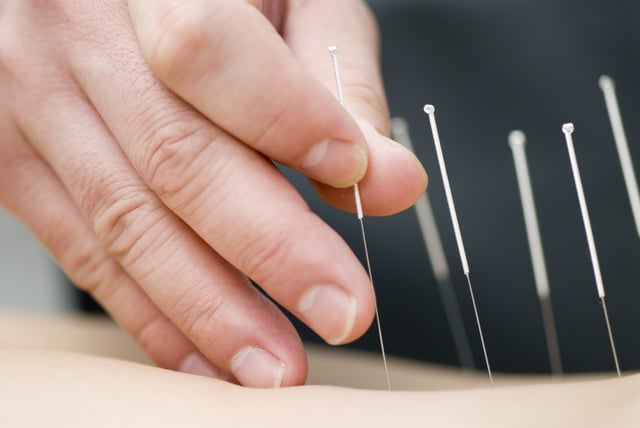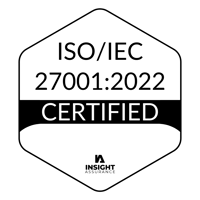 Photo: katyacupuncture.com
Photo: katyacupuncture.com
An analysis of data taken from a 2012 National Health Interview Survey (NHIS) has found that 25 million adults in the US have some sort of chronic pain (at varying levels of severity), and 40 million are living with severe pain that impacts their overall health. That means almost 30% of the adult US population is walking around each feeling some level of pain. Chances are good, you are one of them.
While quick short-term fixes (e.g. pain medication) can be appealing, more and more people are turning towards complementary and alternative medicine (CAM) or integrative medicine to help manage these sensations for the long-term. The most recent National Institute of Health (NIH) study on the use of CAM treatments in the US shows that more than 38% of US adults use some sort of CAM, typically to address back pain, neck pain, joint pain or stiffness, arthritis, and other musculoskeletal conditions.
And the reasoning is sound – in the past few decades a plethora of research has come out of credible institutions such as the NIH and major medical universities that demonstrates the powerful and enduring effects of services such as acupuncture and chiropractic care, as well as techniques such as yoga and mindfulness. According to the NIH*:
- A 2010 review of scientific evidence on manual therapies for a range of conditions concluded that spinal manipulation/mobilization [chiropractic care] may be helpful for several conditions in addition to back pain, including migraine and cervicogenic (neck-related) headaches, neck pain, upper- and lower-extremity joint conditions, and whiplash-associated disorders.
- Results from a number of studies suggest that acupuncture may help ease types of pain that are often chronic such as low-back pain, neck pain, and osteoarthritis/knee pain. It also may help reduce the frequency of tension headaches and prevent migraine headaches.
Depending on where you live and what type of insurance plan you have, provisions for nontraditional forms of medicine (e.g. CAM, integrative medicine) may not be covered by your insurance. And even if they are, the convoluted writing of insurance coverage plans may not always make those options obvious. But the benefits of CAM are wide-reaching, making it worth your while to investigate the fine-details of your plan to see how you can access these services.
If your current plan does not cover CAM treatments but you are interested in exploring these types of therapies, you may be able to negotiate a cheaper cash-rate with practitioners or visit a community acupuncture clinic that offers more affordable care options.
*Please visit the NIH website and consult with your physician to determine if these treatments are recommended for your specific health concerns
Want to learn more about cutting costs while providing premium
benefits and complimentary/alternative options? Download
The Nonprofit Executive's Guide to Partial Self-Insurance


.png?width=1501&name=Nonstop_Logo-22-Horizontal%20(2).png)




